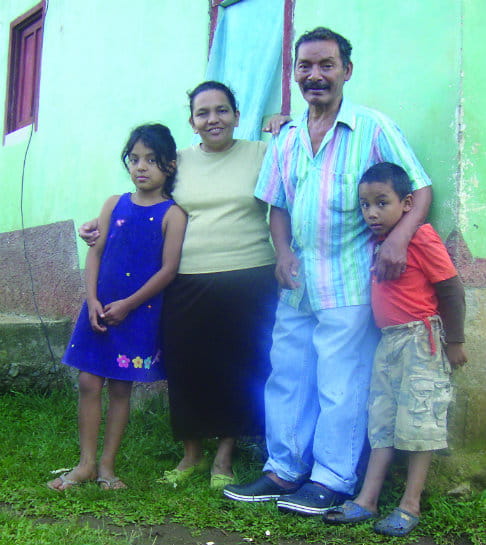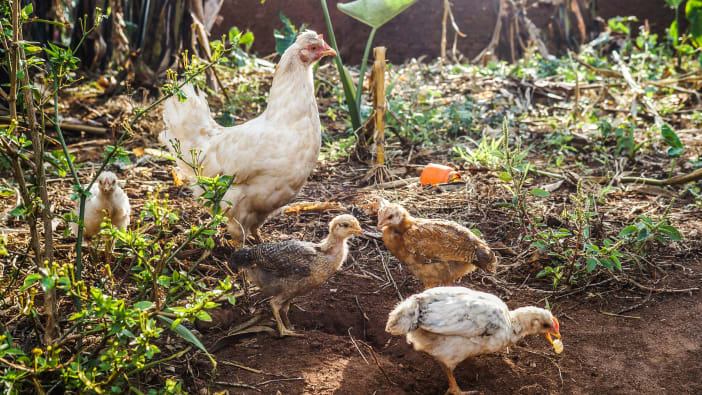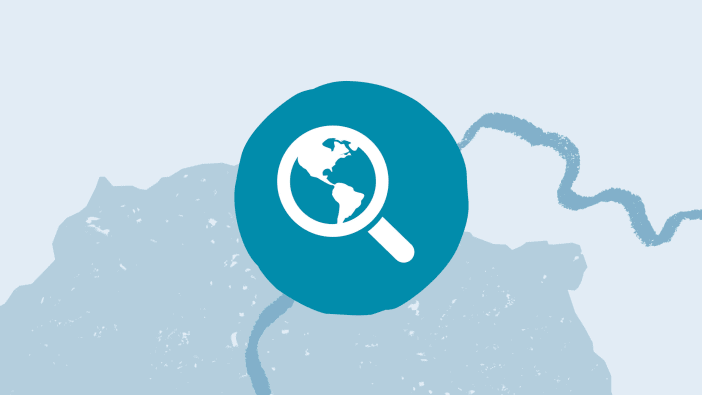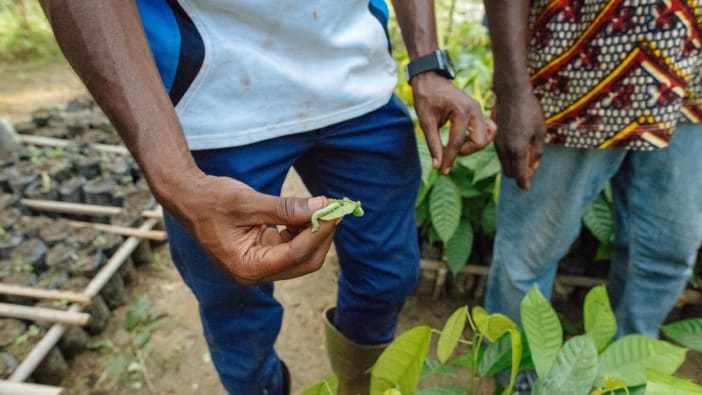Footsteps interviewed Rommel Romero, Coordinator of the Diakanos Programme at Proyecto Aldea Global, Honduras, to find out how his project helps people to make a living from keeping poultry.
Proyecto Aldea Global (PAG) is a Christian NGO that has been supporting families in Honduras for more than 30 years. It works with 260 families in the Cerro Azul Meámbar National Park to improve their livelihoods through a small livestock project. As part of the project, each person who receives an animal has to pass one or more of its offspring to another family, along with the knowledge they have acquired in livestock handling and care.
Most families choose chickens because they are low cost and provide nutritious food. In order to make sure the families get the most from their chickens, PAG provides technical assistance in many aspects of poultry keeping and business.
How do you help people to market their poultry products?
By encouraging them to make the most of the initiatives and opportunities that are available in their local environment, we are helping them to promote their products. We work to connect local producers with the coordinators or organisers of fairs in local villages and towns. We also inspire them by teaching them how to add value to their products so that they not only sell eggs but also sell other products with them, such as bread and traditional dishes.
We help them come to an arrangement with individual traders in their local area to sell their eggs. The beneficiaries are taught how to conduct a cost-benefit analysis for egg production to ensure that they make a profit.
What are the most effective ways of marketing poultry products locally?
The arrangements made with individual traders are very important. The egg-producing families are organised together in a group and we help them to make contact with a local egg trader who comes to the community once a week to buy the eggs.
How do you train people?
We have an education and training plan that involves a minimum of five training courses over a six-month period, including:
- Production costs, sale price, profits
- Food preparation
- Bird health (cleanliness, vaccinations etc)
- Practical demonstrations to help people ‘learn by doing’
- Educational visits to learn from other people’s successful experiences
What resources do you use to train people in poultry management and care?
Mutual support within the community is fundamental. The training courses take place on people’s own farms and they gain great encouragement from seeing each other’s progress.
We also encourage the use of locally-available resources: wood, brushwood etc. Organic fertiliser is made from the hen droppings for people to use on their own farms or to sell to their neighbours. The beneficiaries contribute locally-available resources to build hen houses and also learn to make feed for the hens from locally-available produce.
For more information, visit www.paghonduras.org or contact PAG by email on [email protected]










